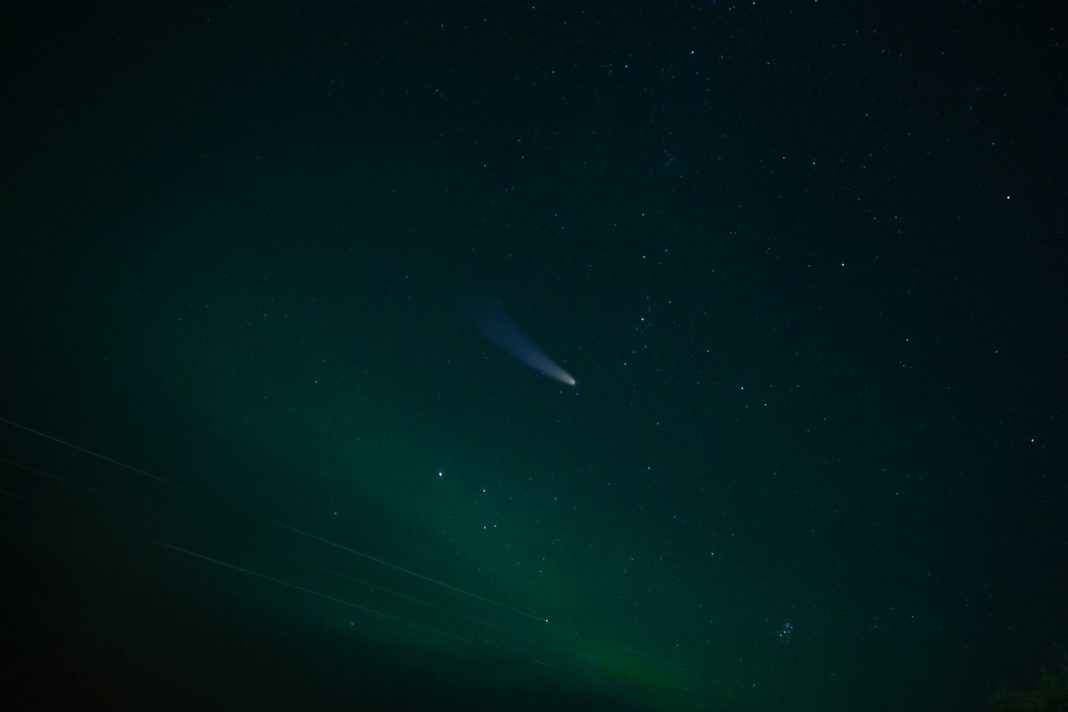A recent mission conducted by NASA, aimed at testing the feasibility of altering the trajectory of asteroids away from Earth, has yielded intriguing findings. The mission, which targeted the asteroid Dimorphos, sought to ascertain whether redirecting an asteroid’s path through kinetic means was attainable. Published findings illuminate the composition of Dimorphos and offer insights into our ability to safeguard against potential asteroid impacts.
Launched in November 2021, the Double Asteroid Redirection Test (Dart) aimed to collide head-on with Dimorphos in September 2022. Dimorphos itself poses no immediate threat to Earth. However, the mission’s primary objective was to evaluate the viability of modifying an asteroid’s course by impacting it with a human-made object.
Asteroid missions present unique challenges due to their small size and absence of significant gravitational pull. While previous missions, such as Japan’s Hayabusa-2 and NASA’s Osiris-Rex, focused on collecting samples, Dart diverged by intentionally colliding with Dimorphos at high speed.
The precision required for such a collision was immense. Dimorphos, part of a binary asteroid system with Didymus, underwent a notable change following the impact. Simulations suggest that rather than creating a crater, the collision altered the asteroid’s shape.
Despite Dart’s comparatively minuscule mass of 580kg compared to Dimorphos’ approximately 5 billion kg, the impact’s momentum prompted a significant change in Dimorphos’ orbit around Didymus. Observations revealed a 33-minute reduction in Dimorphos’ orbital period, indicative of the impact’s substantial effect.
The impact also caused material to be expelled from Dimorphos, acting as a recoil mechanism and further altering its trajectory. Scientists estimate that around 20 million kilograms of material were lost, highlighting the asteroid’s weak construction.
These findings hold implications for Earth’s defence against asteroid impacts. While events like the Chelyabinsk meteor in 2013 and the Tunguska impact in 1908 weren’t extinction-level events, they underscore the potential for significant damage and loss of life from smaller asteroid impacts.
The Dart mission, with a relatively low cost of US$324 million (£255 million), offers promise for future asteroid deflection endeavours. However, the effectiveness of such missions hinges on early detection and intervention. Changes in an asteroid’s orbit, like the 30-minute alteration observed with Dimorphos, may prove insignificant if the asteroid is already on a collision course with Earth.
To mitigate this, early detection from outside the Solar System coupled with proactive measures could prove pivotal in diverting asteroids away from Earth. As interest in asteroid science grows, future missions may not only focus on planetary defence but also on the potential for asteroid mining by private companies.
In conclusion, NASA’s Dart mission provides valuable insights into asteroid deflection strategies and underscores the importance of proactive measures in safeguarding against potential impacts. As technology advances and interest in space exploration grows, further missions are likely to follow, shaping our understanding of asteroids and our ability to protect our planet from cosmic threats.


